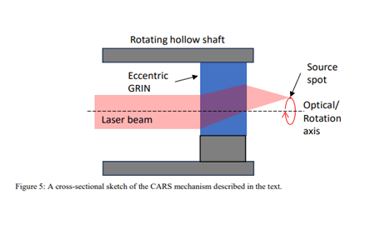Dynamic Illumination In Phase-Shifting Interferometry

Phase-shifting interferometry (PSI) is a leading method for high-precision surface metrology, typically using a stationary, on-axis, coherent light source to illuminate the measurement cavity. This paper introduces Dynamic Illumination, a technique that enhances interferometric metrology by dynamically moving the light source during phase-shifting measurements using high-speed steering mirrors. These mirrors allow the light source to trace geometric trajectories—such as lines, circles, or spirals—rather than remain fixed, enabling new measurement capabilities.
Three key functions are highlighted: phase shifting, autofocus, and coherent noise reduction. These enhancements are particularly useful in systems employing Fizeau interferometers, known for their simple, common-path configuration. In traditional Fizeau setups, a stationary point source creates a spherical wavefront that is shaped by a transmission optic to match the test surface. Reflected wavefronts from the reference and test surfaces interfere, and a camera records the resulting patterns. By modulating the optical path difference (OPD), a series of phase-shifted interferograms is captured and analyzed to reconstruct the surface topography.
The introduction of steering mirror technology—borrowed from advancements in autonomous vehicles and 3D printing—adds flexibility to this process. The dynamic movement of the light source introduces new degrees of freedom in the measurement system, improving functionality without requiring major changes to existing interferometric designs. Dynamic Illumination represents a significant step forward in non-contact surface metrology, offering enhanced measurement performance and expanded application potential.
Get unlimited access to:
Enter your credentials below to log in. Not yet a member of Photonics Online? Subscribe today.
